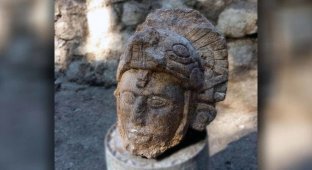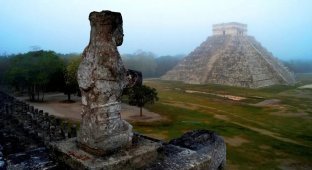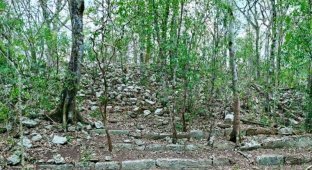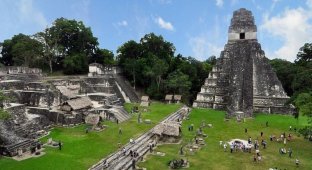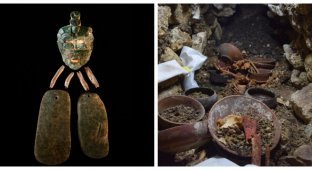The Temple of Kukulkan - an ancient religious building and its living voices (8 photos + 1 video)
If you clap your hands at the base of this pyramid, the song of the sacred Mayan bird will echo throughout the surrounding area, filling the space with echoes of an ancient civilization. 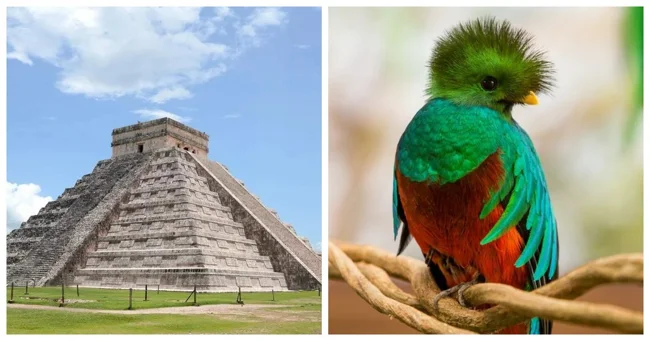
The ruins of the ancient Mayan city of Chichen Itza on Mexico's Yucatan Peninsula are filled with architectural and engineering marvels. Every equinox, a huge snake slithers along the sides of the Temple of Kukulkan, emerging from the shadows. But the pyramid does more than put on this spectacular light show. 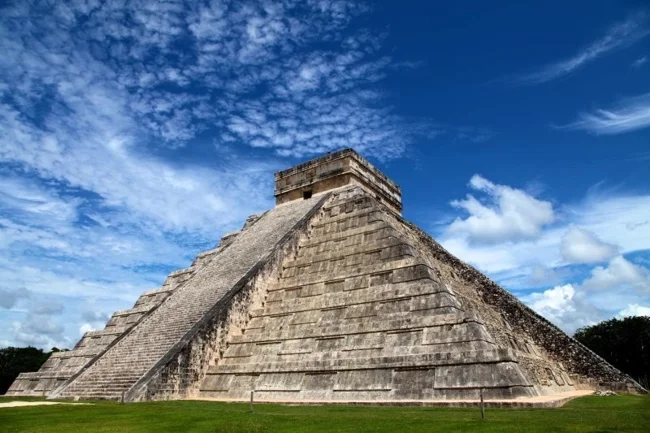
If you clap your hands at the base of the stairs, the air echoes. And it's not your average booming echo. It sounds like the song of a ghostly flock, a chorus of chirping birds that builds, grows, and reaches a crescendo before fading into silence. 
God Kukulkan
During ceremonies, when Kukulkan (the Mayan equivalent of the god Quetzalcoatl) was addressed or worshiped, the priest would face the pyramid and clap his hands, creating a chirping sound. He would then turn to face the Temple of the Warriors and clap again, causing a dull grinding sound to come from the stones. The chirping and the rolling whisper of the echo were believed to be the voice of the god. 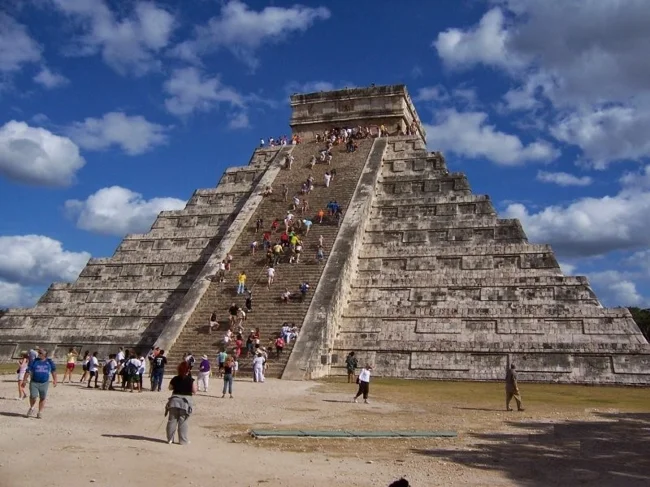
Birdsong may not be accidental. According to some acoustics experts, it repeats the call of the magnificent quetzal - a beautiful bird dressed in a lush robe of green and red feathers. Like the snake, the quetzal was considered divine by the Mayans. This "god of the air" was a symbol of goodness and light. Its tail feathers adorned the headdresses of many noble persons (the birds were not killed when creating the headdresses, since killing the sacred quetzal was prohibited). 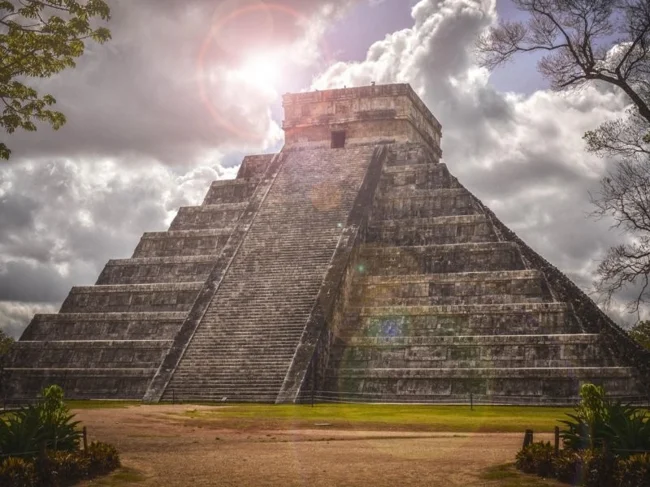
This mysterious echo was first studied in 1998 and has intrigued scientists ever since. 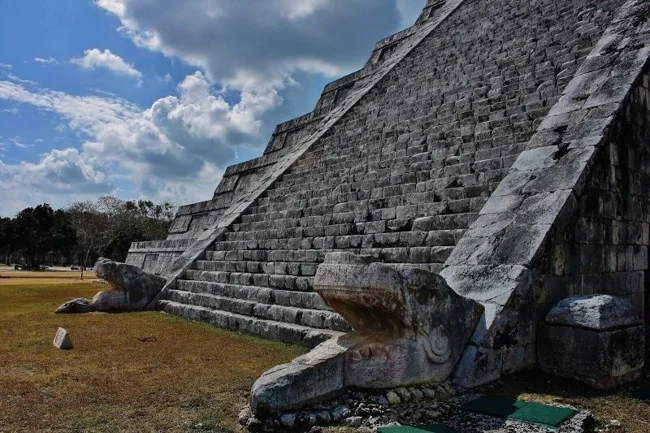
It is unclear whether the Mayans intentionally built the pyramid for this effect. Some argue that they actually began building the stone wonder knowing that its multi-tiered staircases would distort the sounds, allowing the echoes to sing the song of their sacred bird. Others suggest that they stumbled upon this acoustic wonder by accident, and then tweaked the architecture to enhance the effect. 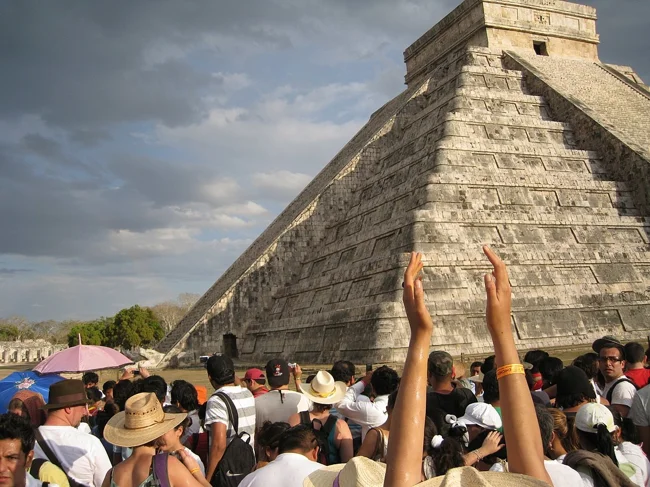
Unfortunately, increasing habitat loss and illegal trade threaten the magnificent species. Individual populations of the colorful birds have already disappeared, and the future of the entire species remains uncertain. If the species perishes, the song will remain in the jungle only through its eerie chirp, echoing along the steps of the Temple of Kukulkan until almighty time erases the remains of its ruins from the face of the earth. 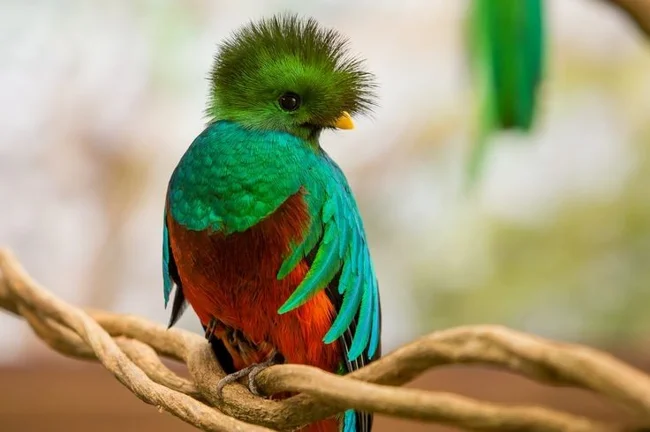
Quetzal












